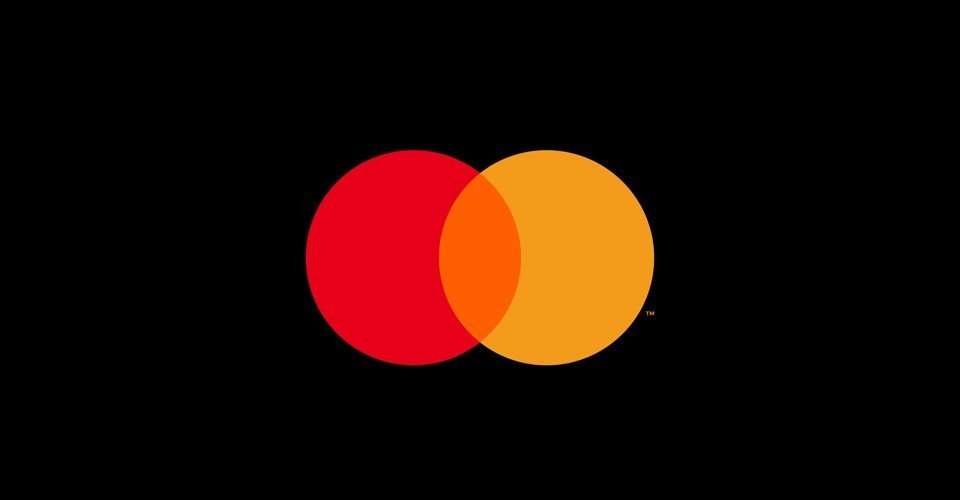MasterCard unveiled its new logo earlier this summer, and as far as rebrandings go, the tweaks were subtle: The company kept its overlapping red and yellow balls intact, and moved its name, which was previously front and center, to beneath the balls, while making the text lowercase. With increasing frequency, MasterCard said, it would do away with using its name in the logo entirely. The focus would be more on the symbol than the words. MasterCard’s move reflects a wider shift among some of the most widely recognized global brands to de-emphasize the text in their logos, or remove it altogether. Nike was among the first brands to do this, in 1995, when its swoosh began to appear with the words “Just Do It,” and then without any words at all. Apple, McDonald’s, and other brands followed a similar trajectory, gravitating toward entirely textless symbols after a period of transition with logos that had taglines like “Think Different” or “I’m lovin’ it.”
This shift is ostensibly in accordance with a more streamlined approach to design, as well as certain features of the modern economy: Symbols work better than long names on computer screens and apps, and they allow for greater flexibility if a company wants to dabble in multiple industries at once. For instance, names like Starbucks Coffee and MasterCard are tied to specific products in ways that symbols are not, which can be a disadvantage at a time when it’s perfectly plausible for a company that makes phones to make cars too. Additionally, visual cues can travel across borders more easily, because they eliminate the need for translation. But perhaps the most powerful impetus for these slimmed-down logos is that it’s increasingly more difficult to reach buyers when so many of them are skeptical of big corporations. A recent survey by the public-relations firm Cohn & Wolfe found that four-fifths of global consumers now consider brands neither open nor honest. “Consumers are jaded about advertising in a way they weren’t several decades ago,” says Adam Alter, an associate professor of marketing at New York University’s Stern School of Business, via email. “It is harder to appeal to them than it used to be, and they tend to see through overt marketing pitches.” That has in turn led to a new arsenal of branding tactics. “Companies have had to learn subtlety,” Alter says.

OnlyOne_X_Chromosome on January 24th, 2018 at 02:45 UTC »
The main thing I remember about this campaign is that there was a bottle that said "Share a Coke with Isis" and people freaked the hell out.
cajunbander on January 24th, 2018 at 01:25 UTC »
Same thing happened to Miller Lite. It was declining, hard. In 2014 they introduced the throwback can (the white can that looks like the original Lite ones) for the summer. It boosted sales a little bit so they decided to keep it around through the end of the year. They’ve kept the throwback can and sales have continued to grown. Now, they’ve surpassed Budweiser to become the number three beer in the country.
All because of a white can.
*Disclaimer: Firstly, I’m talking about sales of beer, not which beer tastes best. Secondly, while I say sales are growing, it’s kind of a misnomer. Macro-beer sales are declining, on the whole, to craft beer sales. When I say growing I mean growing within the macro-beer segment. Their sales are declining less quickly relevant to other beers.
irun_mon on January 23rd, 2018 at 23:52 UTC »
Whoever came up with that deserves so much, it was honestly genius... Most people didn’t even care that they “fell” for the marketing move